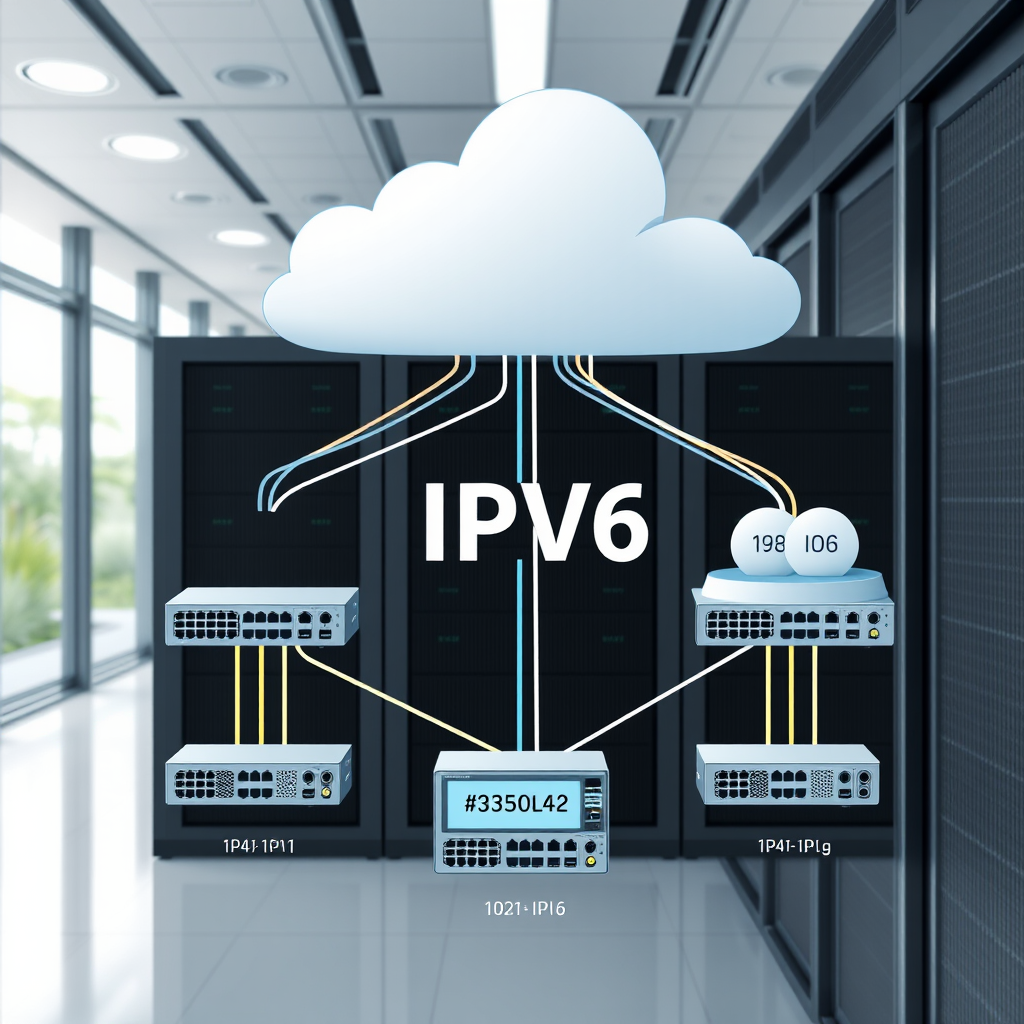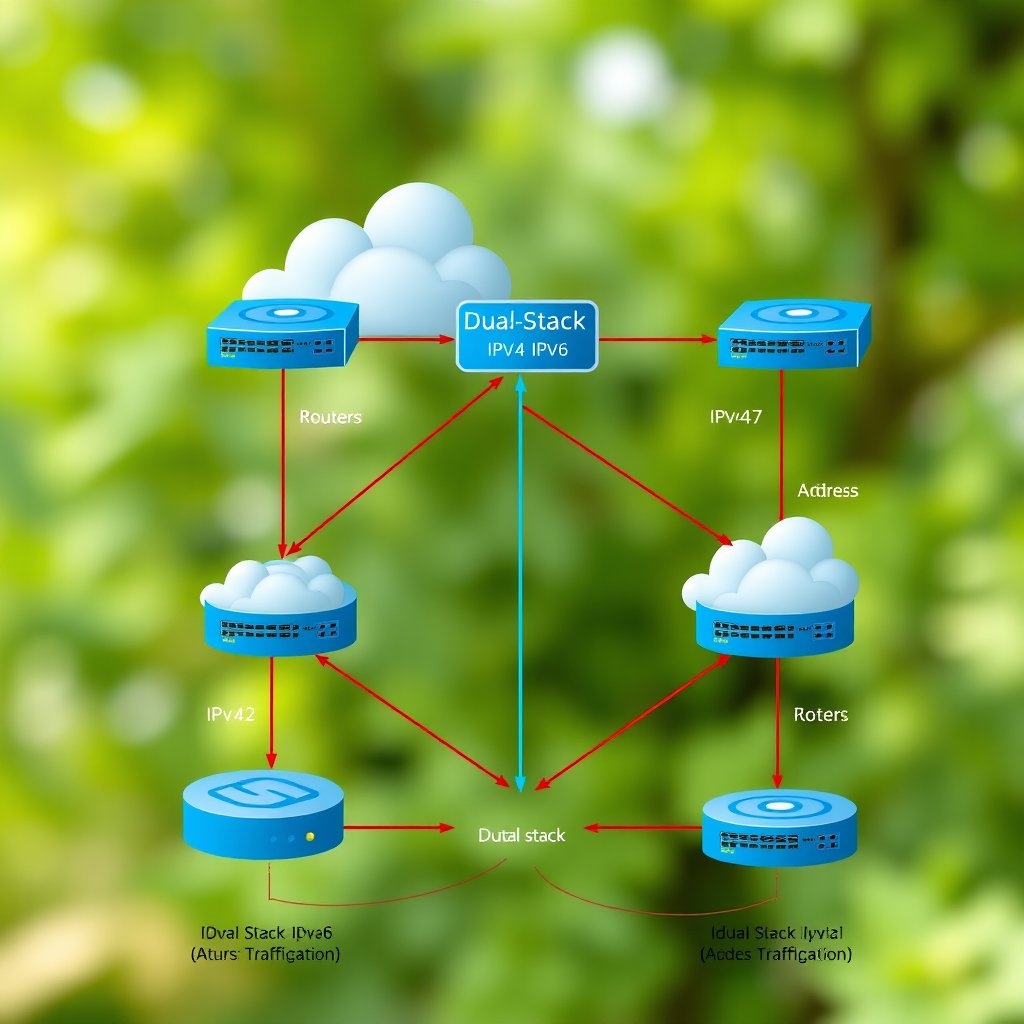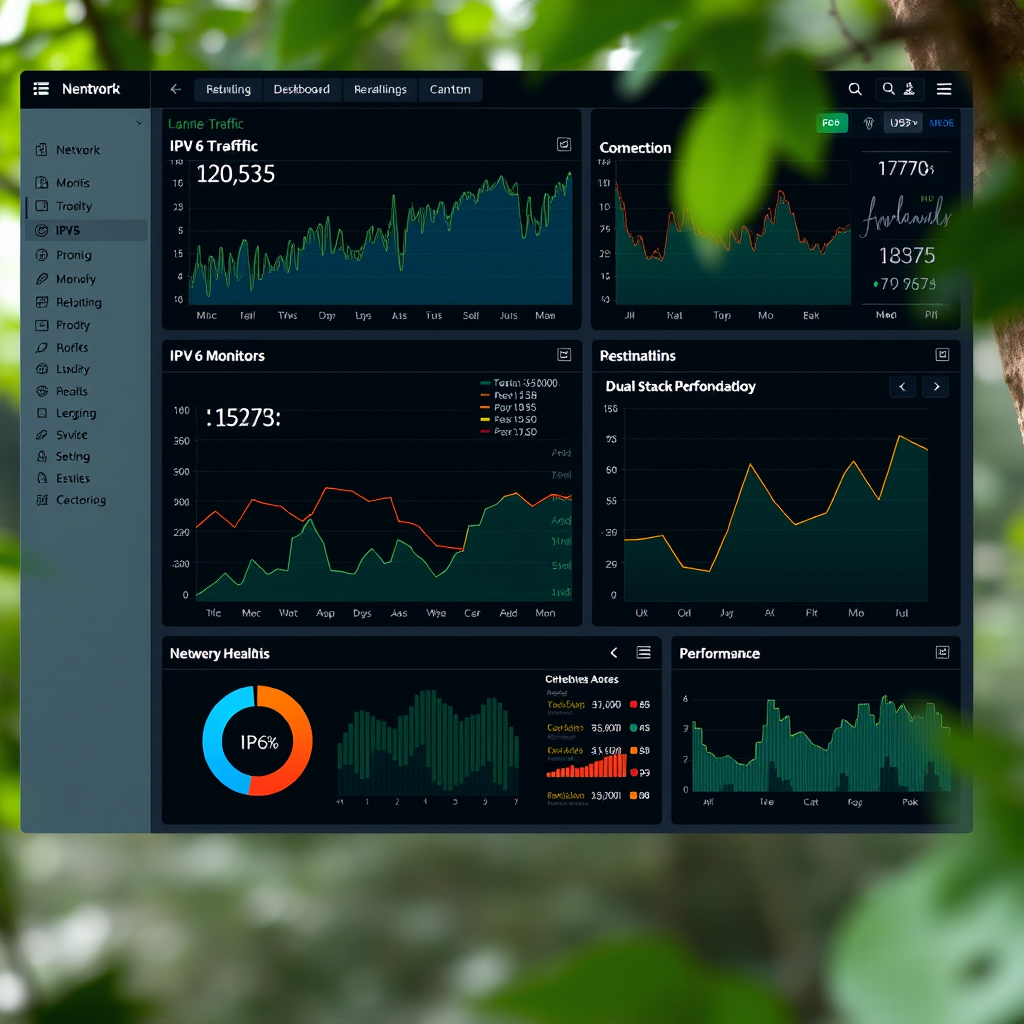IPv6 Migration Guide: Preparing Your Network for the Future

The transition from IPv4 to IPv6 represents one of the most significant infrastructure changes in modern networking. As IPv4 addresses become increasingly scarce and network demands continue to grow, organizations must prepare for the inevitable migration to IPv6. This comprehensive guide provides network administrators and IT professionals with the essential knowledge and practical strategies needed to successfully implement IPv6 in enterprise environments.
Understanding the IPv6 Advantage
IPv6 offers substantial improvements over its predecessor, addressing the fundamental limitations that have constrained network growth for decades. The most obvious benefit is the massive address space expansion from 32-bit to 128-bit addressing, providing approximately 340 undecillion unique addresses. This virtually eliminates address exhaustion concerns and enables direct end-to-end connectivity without complex NAT configurations.
Key IPv6 Benefits for Network Infrastructure:
- Simplified Network Configuration: Auto-configuration capabilities reduce manual setup requirements
- Enhanced Security: Built-in IPSec support provides native encryption and authentication
- Improved Performance: Streamlined header structure reduces processing overhead
- Better Mobile Support: Native mobility features support seamless device transitions
Common Migration Challenges and Solutions
Network administrators often encounter several obstacles when planning IPv6 deployment. Understanding these challenges early in the planning process enables proactive solutions and smoother transitions. Legacy application compatibility remains the most significant concern, as older software may lack IPv6 support or require extensive updates.
Challenge: Legacy Systems
Older network equipment and applications may not support IPv6, requiring hardware upgrades or software patches before migration can proceed.
Solution: Gradual Transition
Implement dual-stack configurations to maintain IPv4 compatibility while gradually introducing IPv6 services across the network infrastructure.

Implementing Dual-Stack Configuration
Dual-stack implementation represents the most practical approach for enterprise IPv6 migration. This strategy allows network infrastructure to simultaneously support both IPv4 and IPv6 protocols, ensuring continuous service availability during the transition period. Network utils and sysadmin tools play a crucial role in monitoring and managing dual-stack environments effectively.
Essential Configuration Steps:
- Network Assessment: Audit existing infrastructure for IPv6 compatibility
- Address Planning: Design IPv6 addressing scheme aligned with organizational structure
- Router Configuration: Enable IPv6 routing protocols and configure interfaces
- DNS Updates: Implement AAAA records alongside existing A records
- Security Policies: Update firewall rules and access controls for IPv6 traffic
- Monitoring Setup: Deploy network monitoring tools for dual-protocol visibility
Best Practices for Enterprise Deployment
Successful IPv6 deployment requires careful planning and adherence to proven methodologies. Organizations should begin with pilot implementations in non-critical network segments, allowing administrators to gain experience and identify potential issues before full-scale deployment. This approach minimizes business disruption while building internal expertise.
Phased Rollout
Implement IPv6 gradually across network segments to minimize risk and ensure stability throughout the migration process.
Staff Training
Provide comprehensive IPv6 training for network administrators and support staff to ensure smooth operations and troubleshooting capabilities.
Security Focus
Update security policies and implement IPv6-specific protections to maintain network security standards during and after migration.
Monitoring and Troubleshooting IPv6 Networks
Effective network monitoring becomes even more critical during IPv6 migration. Traditional network utils must be updated or replaced with IPv6-capable alternatives to maintain visibility into network performance and connectivity. Administrators should implement comprehensive monitoring solutions that track both IPv4 and IPv6 traffic patterns, helping identify potential issues before they impact users.

Future-Proofing Your Network Infrastructure
IPv6 migration represents more than a simple protocol upgrade; it's an opportunity to modernize network infrastructure and prepare for future technological advances. Organizations that embrace IPv6 early position themselves advantageously for emerging technologies like IoT deployments, 5G networks, and edge computing initiatives that rely heavily on abundant address space and improved connectivity models.
The investment in IPv6 infrastructure pays dividends through reduced operational complexity, improved security posture, and enhanced scalability. As internet service providers and cloud platforms increasingly prioritize IPv6 connectivity, organizations with mature IPv6 implementations will experience better performance and more reliable connections to external services.
Key Takeaways for Network Administrators
IPv6 migration requires careful planning, but the benefits far outweigh the implementation challenges. Start with thorough network assessment, implement dual-stack configurations for seamless transition, and invest in staff training to ensure long-term success.
Remember that IPv6 is not just about addressing—it's about building a more robust, secure, and scalable network foundation for your organization's digital future. The time to begin planning your IPv6 migration is now, before IPv4 limitations become critical business constraints.